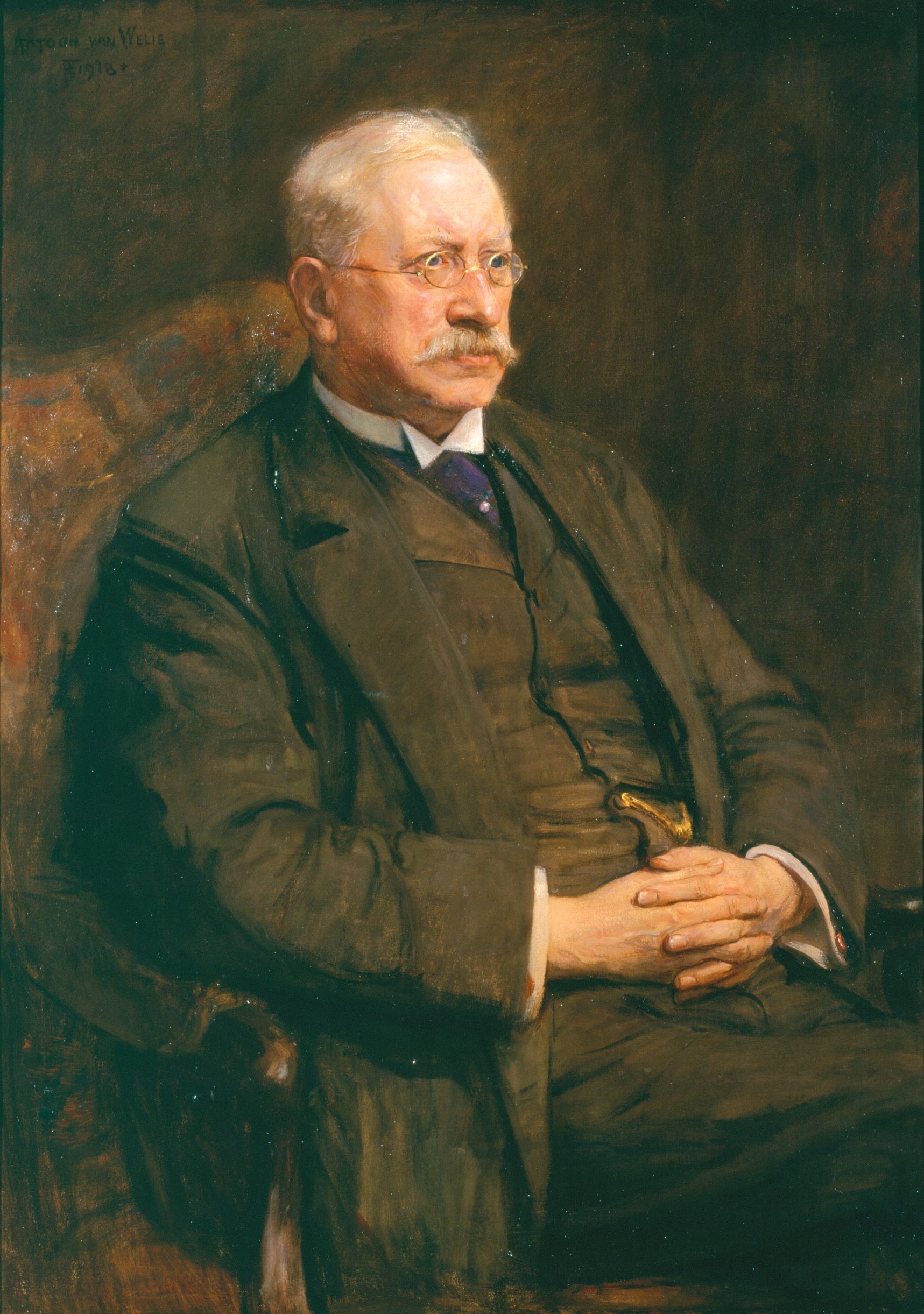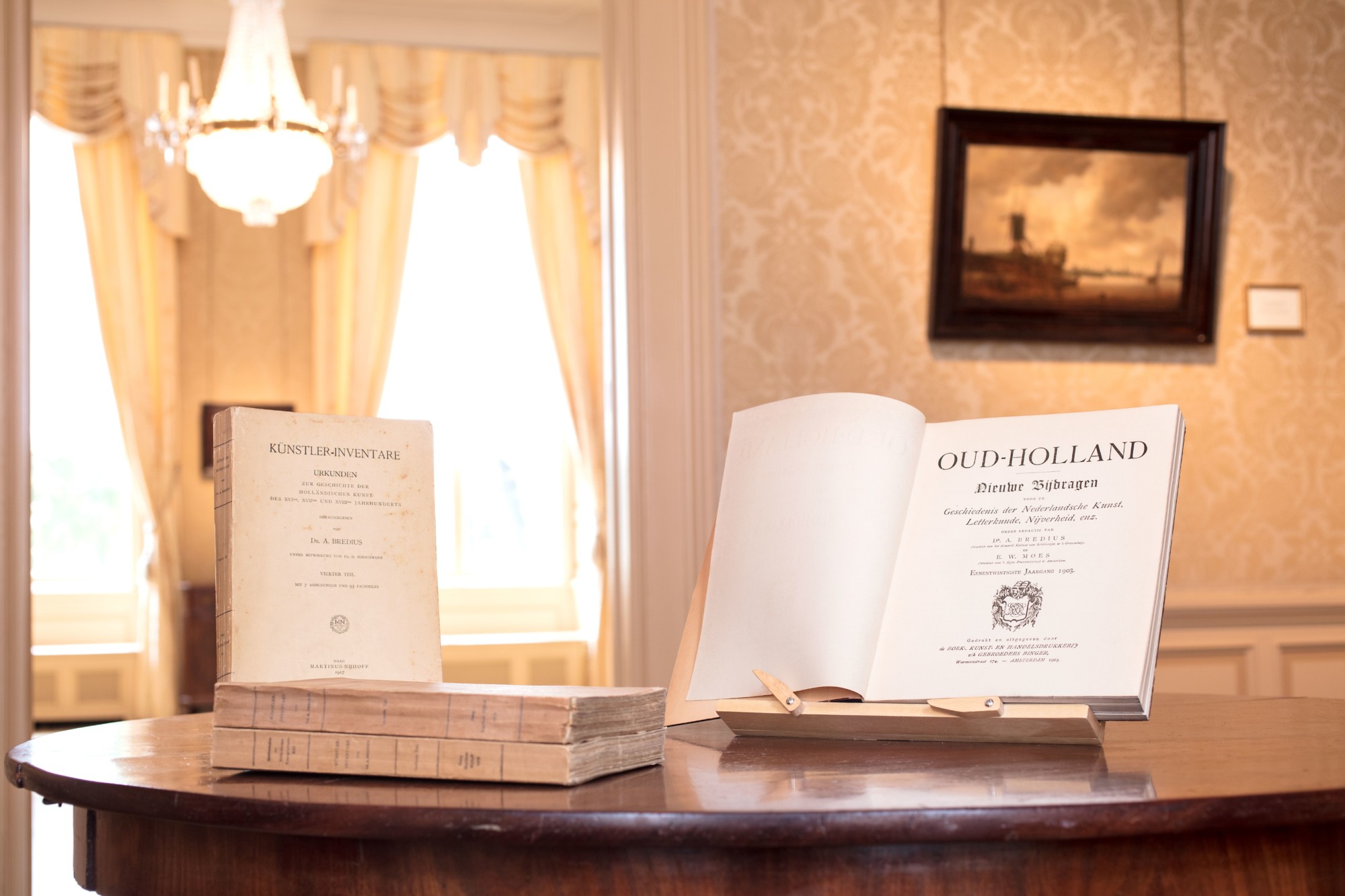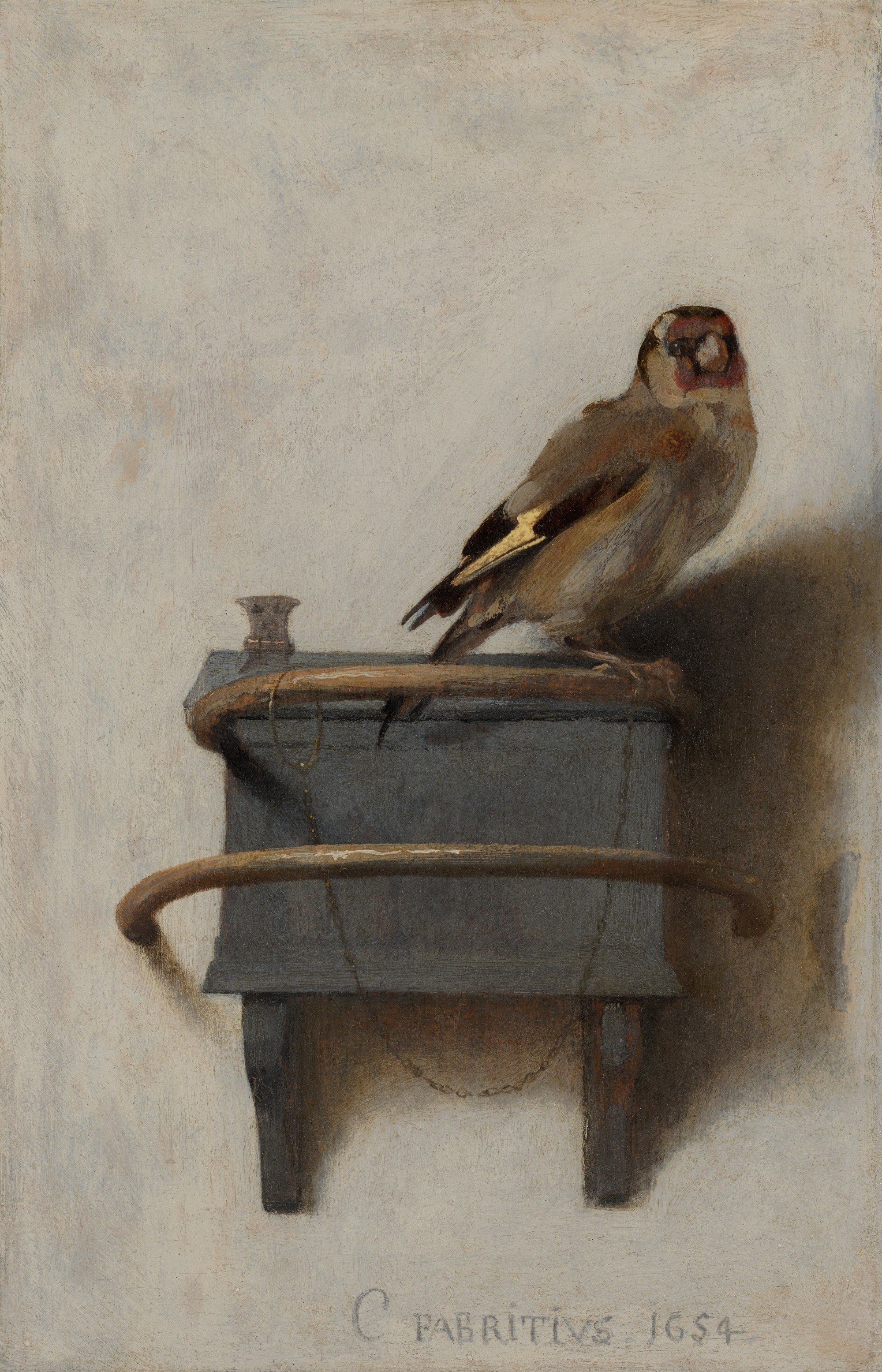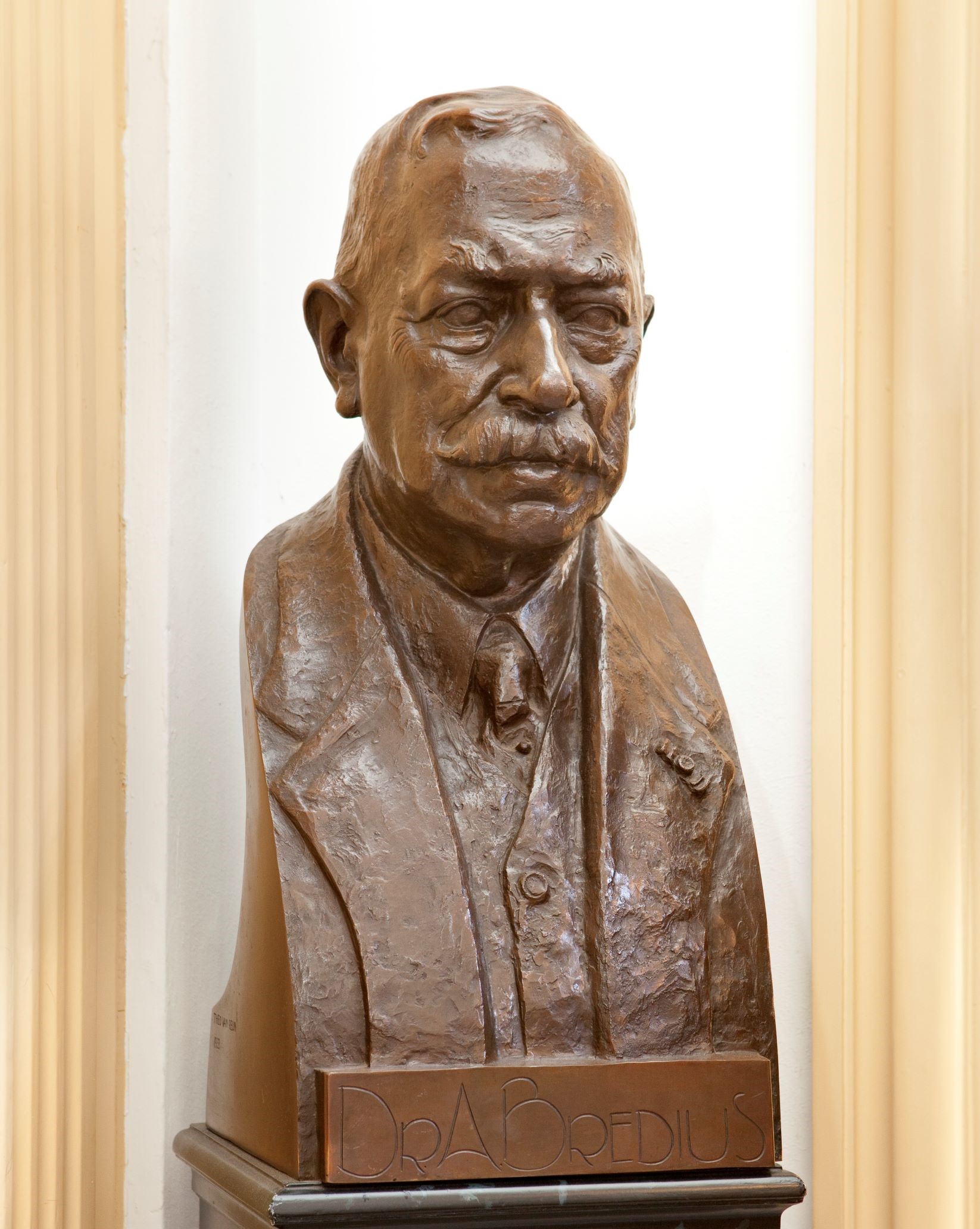Abraham Bredius

Abraham Bredius (1855-1946) was more than a collector and a philanthropist. He was a major art historian and a groundbreaking researcher in an age in which art history had yet to establish a foothold in the Dutch academic world. Bredius had been fortunate. As a young man on a visit to Rome, Bredius had met Wilhelm Bode, the renowned museum director from Berlin. Bode had advised him to make a study of Dutch art and to gather information: advice that would have a profound impact on the cultural heritage of the Netherlands
Taking the world as his university, Bredius became a student. His professors were the painters of the 17th century. As heir to a considerable fortune, he was able to travel as he pleased. He visited museums and private collections from Russia to America. He got to know dealers and auctioneers across Europe.
Bredius began collecting paintings and studied his purchases – the best way to learn. He was wealthy and passionate, but he was also a dedicated scholar. He would send photographers around the world at his own expense to take photos of paintings. And Bredius would spend weeks in the archives searching through baptismal registers, death certificates, guild minutes and records of estates of artists and collectors, transcribing the information he found.
Later, he published the results of his archive research in his Künstler-Inventare (1915-1922). He also wrote numerous articles for Oud Holland, the art-historical magazine that he edited from 1886 until his death.


Abraham Bredius was making a name for himself fast, gaining an appointment as deputy director of the Netherlands Museum of History and Art, later the Rijksmuseum. At 33, he received an honorary doctorate from the university at Giessen (two more would follow). A year later, in 1889, Dr Abraham Bredius became the youngest Mauritshuis director ever. In the course of his 20-year tenure he added no less than 127 paintings to the museum collection, including the Goldfinch by Carel Fabritius, and what has now the jewel in its crown, Johannes Vermeer’s Girl with a Pearl Earring.
In 1927, Bredius penned a brilliant study of the painter Jan Steen containing 100 photogravures. Yet it was his Rembrandt book of 1935 that Bredius was most proud of. It was the world’s first publication to bring together all the paintings then ascribed to Rembrandt: no less than 614. In that same year, coinciding with his 80th birthday, Bredius had the honour of being appointed officer in the Order of Orange-Nassau.

At his death, Bredius bequeathed all the works he had lent to the museums in which they were held. The Rijksmuseum received 43, Mauritshuis 25, the city of The Hague retained his remaining private holdings. Today, the Bredius collection can still be seen at Museum Bredius, although its original home at Prinsegracht 6 was exchanged in 1990 for a former palatial residence at Lange Vijverberg 14 – across the water from Abraham Bredius’s beloved Mauritshuis.